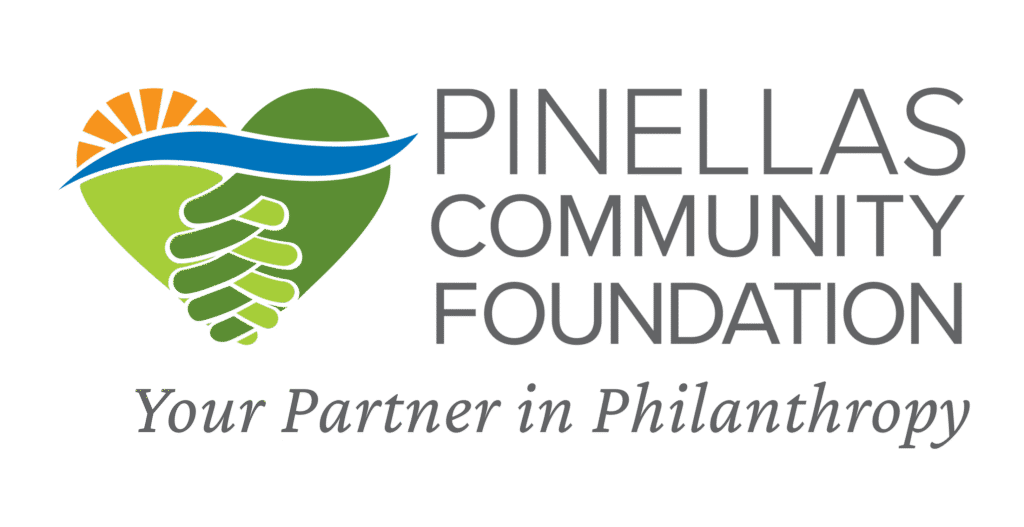Art therapy is a therapy method involving artistic expression. It utilizes creative ways for people to respond to the situations in their lives, from illness to depression and everything in between. It can be helpful for people of all ages, including older adults in ACT II of their lives.
During a session, patients may be asked to use various art tools to experiment and play. You don’t need to have any artistic experience or talent to take part in art therapy. Sessions are not art lessons — you won’t be taught how to paint or draw. Instead, you’ll explore and view your own creations as a way of understanding the issues you may be going through on a conscious or subconscious level.
The Benefits of Art Therapy
Although the scientific benefits of art therapy are not universally agreed upon, there have been studies that suggests it can provide a number of benefits including but not limited to the following.
Positive Coping Skills
Expressing feelings through art can teach patients alternate ways of expressing themselves and approaching difficult situations. Some patients have reported a positive change in their behavior following therapy sessions. The process teaches them there are many ways to handle and process emotions.
Self-Perception
Therapy sessions help many patients identify and cope with their emotions, as well as increase self-awareness. Understanding and validating feelings can open doors for exploration in therapy and help manage emotions on a day-to-day basis.
Self-Confidence
Art therapy sessions offer a space to tackle and process difficult feelings. Typical sessions are patient-directed and encourage experimentation, which means that patients have an opportunity to experiment and find the best ways to deal with tough ideas. This often increases the patient’s self-confidence in the area of emotional control.
Improved Memory
Memory is important, especially for older adults. Being creative and engaging in art play can actually improve memory by uncovering or creating pathways in the brain that might have otherwise been forgotten due to memory loss.
Reduced Stress
Making art can be a very relaxing experience. Even if it’s just for half an hour or so, letting go of the problems of the world and just enjoying the process of creation can be an excellent stress reliever.
Therapy Alternative
Art making can help patients identify and examine emotions and thoughts that they struggle to put into words. For this reason, some patients may find art therapy to be successful when traditional therapy was not.
Who Can Benefit From Art Therapy?
This type of therapy can be helpful for anyone including children and adults, but older adults or those enjoying ACT II may find it particularly useful. People with mental illness, anxiety or depression can benefit from art therapy. Even if you don’t fall into one of those categories, you might be interested in trying art therapy just because it is so much fun.
Have You Tried Art Therapy?
If so, let us know what you thought of the experience below.
Don’t forget to check back next month for a series of blog articles from Lynn Foskett Pierson, Pinellas Community Foundation’s Artist in Residence. She will be writing all about her artistic journey, so stay tuned!



